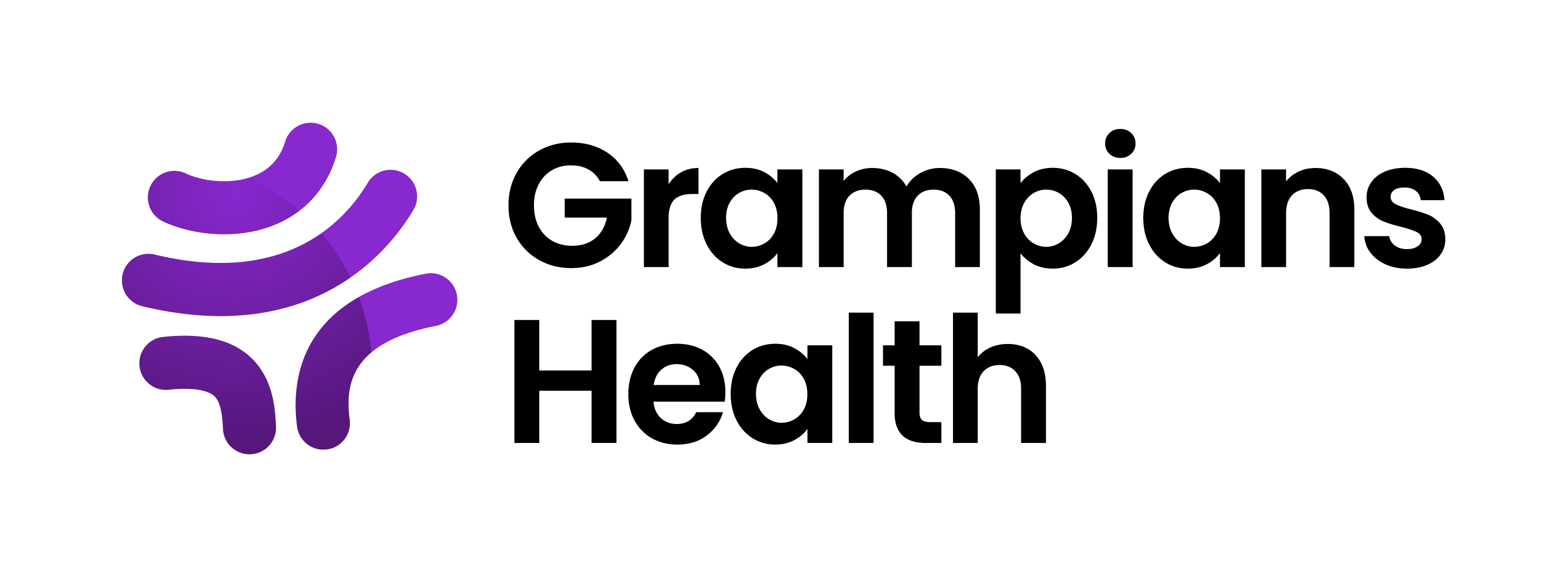Please use this identifier to cite or link to this item:
http://hdl.handle.net/11054/1801Full metadata record
| DC Field | Value | Language |
|---|---|---|
| dc.contributor | Hitch, D. | en_US |
| dc.contributor | Pinson, J. | en_US |
| dc.contributor | Snowdon, D. | en_US |
| dc.contributor | Macdonald, E. | en_US |
| dc.contributor | Graco, M. | en_US |
| dc.contributor | King, O. | en_US |
| dc.contributor | Boyce, R. | en_US |
| dc.contributor | Clapham, Renee | en_US |
| dc.contributor | Schneider, M. | en_US |
| dc.date.accessioned | 2021-10-07T04:06:44Z | - |
| dc.date.available | 2021-10-07T04:06:44Z | - |
| dc.date.issued | 2021 | - |
| dc.identifier.govdoc | 01754 | en_US |
| dc.identifier.uri | http://hdl.handle.net/11054/1801 | - |
| dc.description.abstract | The allied health research context is undergoing rapid transformation, and its relationship to practice change is now recognised as crucial for academics and clinicians alike. This study aimed to describe the professional networks of allied health clinicians for research and practice change within the Victorian healthcare system. Using mixed methods, data were collected from 11 healthcare services via survey. Quantitative data was analysed descriptively, while qualitative data was evaluated using content analysis. A total of 298 responses from 12 science and therapy disciplines were received. Most participants were female (83.9%), and the mean age was 36.9 (SD 12.8). Around two thirds (68.6%) worked in metropolitan areas, and most (62.5%) were employed in Grade 2 or 3 positions. Clinicians most frequently self-identified as research consumers (67.2%), practice change consumers (45.2%) or active participants in practice change (42.8%). They were least likely to self-identify as translators of research (13.4%) or practice change (10.7%). Significant differences between grades in the percentage of clinicians identifying as consumers (practice change p=0.001), active participants (research p=0.020), leaders (research and practice change p<0.001), generators (research and practice change p<0.001) or translators (research and practice change p<0.001) were identified. The majority of professional contacts were from the same discipline (59.8%) or health service (67.6%). Only 16.6% of contacts were consulted about both research and practice change, suggesting distinctive professional networks for each domain. A greater understanding of allied health networks for research and practice change will support improved efficiency and effectiveness for workforce capacity building into the future. | en_US |
| dc.description.provenance | Submitted by Gemma Siemensma (gemmas@bhs.org.au) on 2021-08-31T00:53:59Z No. of bitstreams: 0 | en |
| dc.description.provenance | Approved for entry into archive by Gemma Siemensma (gemmas@bhs.org.au) on 2021-10-07T04:06:44Z (GMT) No. of bitstreams: 0 | en |
| dc.description.provenance | Made available in DSpace on 2021-10-07T04:06:44Z (GMT). No. of bitstreams: 0 Previous issue date: 2021 | en |
| dc.title | Professional networks for allied health research and practice change: Who do clinicians talk to and why? | en_US |
| dc.type | Conference | en_US |
| dc.type.specified | Paper | en_US |
| dc.bibliographicCitation.conferencedate | August 9-12 | en_US |
| dc.bibliographicCitation.conferencename | 14th National Allied Health Conference (NAHC) | en_US |
| dc.bibliographicCitation.conferenceplace | Online | en_US |
| dc.subject.healththesaurus | ALLIED HEALTH | en_US |
| dc.subject.healththesaurus | RESEARCH NETWORKS | en_US |
| dc.subject.healththesaurus | PRACTICE CHANGE | en_US |
| Appears in Collections: | Research Output | |
Files in This Item:
There are no files associated with this item.
Items in DSpace are protected by copyright, with all rights reserved, unless otherwise indicated.
